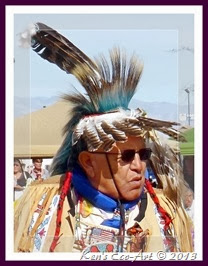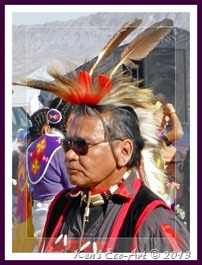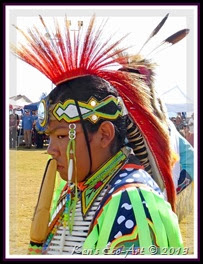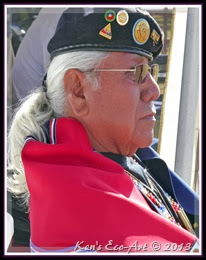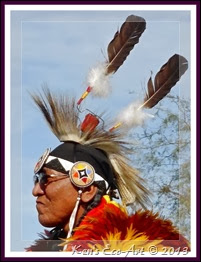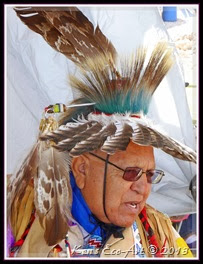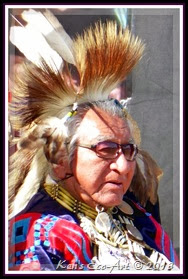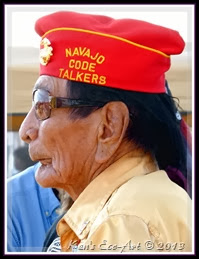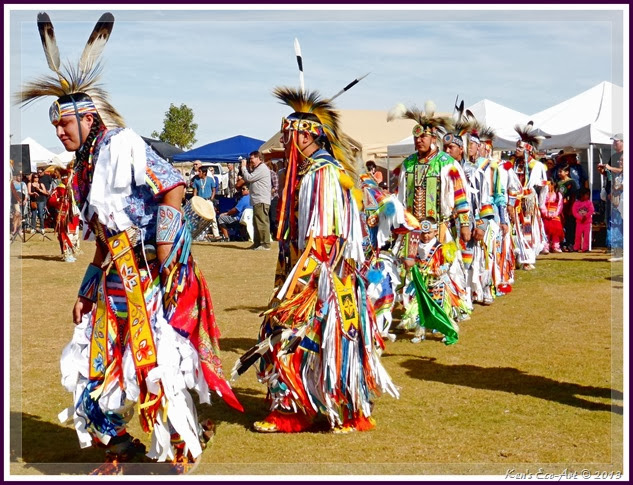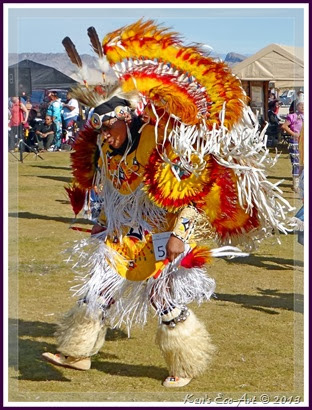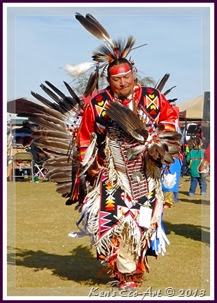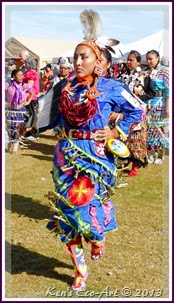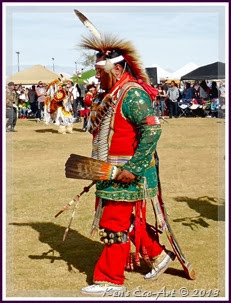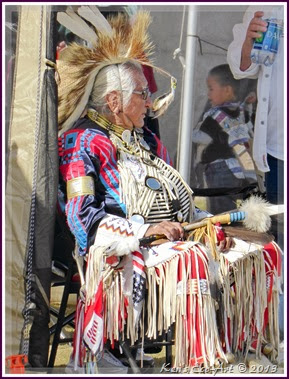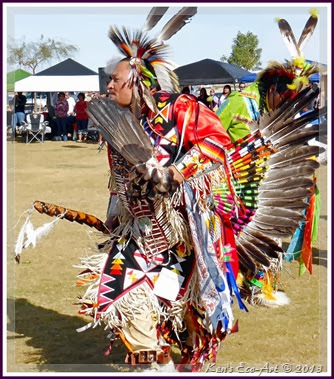{Click on an image to enlarge, then use the back button to return to this page}
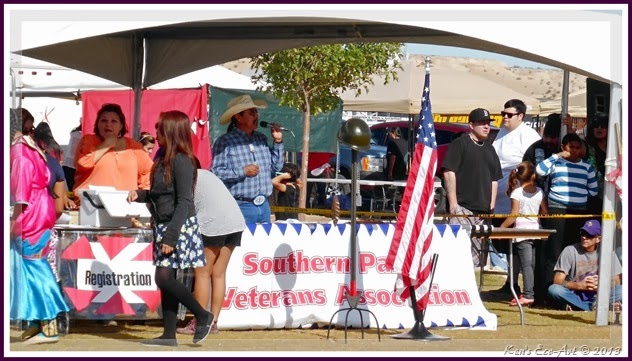 |
| (Fig. 01) |
|
Brief History: The history of the Moapa people is a real tragedy. Ever since the opening of the Old Spanish Trail in the 1830’s and the encroachment of Mormon settlers, Mexicans and other emigrants, this band of peaceful people saw their land and water seized, homes raided by slavers. The introduction of new diseases, especially tuberculosis and measles, combined with the insurrection and raiding by federal troops and white settlers continued to drastically reduced their numbers, forcing the remaining people to flee into the desert, completely disrupting their normal way of life. Once a culturally well adapted people who combined farming with hunting and gathering, they used the resources of the land with great ingenuity. They made many forms of intricately designed basketry, including water jars, winnowing and parching trays, cradle boards, cooking baskets and seed beaters. They had great skill in the use of animal skins and plants. Their knowledge of nutritional and medicinal uses of plants was extensive.
In 1874 the Government set aside two million acres of tribal lands, then later reduced it to only a thousand acres in 1876. In December 1980, the Carter Administration granted an additional 70,000 acres, making the current total land base 71,954 acres. The reservation is located in Moapa Valley, a prehistoric flood plain of the Muddy River, which flows through the valley and drains into Lake Mead. The region surrounding the reservation is famous for its sandstone rock formations, including nearby Valley of Fire, which is considered a sacred area.
The Moapa Band of Paiute Indians is now a recognized Indian tribe organized under a Constitution approved by the Secretary of the Interior on April 17, 1942, residing on the Moapa River Reservation. In spite of the cultural disruptions of the past two centuries that has threatened the continuation of traditional life, today the Moapa people strive to preserve their legends through songs and dances. The tribe’s primary business enterprise centers on the Moapa Paiute Travel Plaza along Interstate 15, which includes a casino, convenience store, cafe, gas station, and fireworks store. |
 |
11/02/2013 Trip Notes: My friend Harvey and I attended first day of the 22nd Veterans pow-wow sponsored by the Southern Paiute Veterans Association (Fig. 01) held at the Moapa Paiute Travel Plaza along Interstate 15. As with most pow-wows, it started off with the Gourd Dance. The Gourd Dance is a type of Native American celebration dance and ceremony. It is believed that the dance originated with the Kiowa tribe. Gourd dances are often held to coincide with a pow-wow, although the Gourd Dance has its own unique dance and history. Gourd Dancing usually precedes the pow-wow and can often be a separate event, not directly connected with the pow-wow. Even though this pow-wow had all of the traditional dancing contests, Grass Dance, Men's Fancy Dance, Ladies Fancy Shawl Dance, Jingle Dress Dance and Ladies Cloth Dance, its primary focus was on Veterans. For more info on the dances noted above, refer to my post of the 2012 Snow Mountain Pow-Wow ... 22nd Annual Snow Mountain Pow-Wow. The picture in (Fig. 02) shows the color guard that led all the dancers into arena during the opening ceremonies. During the course of the day there were several prayers and ceremonies (Fig. 03) centered around veterans, including a ceremony that honored all veterans that were present by inviting them into the ring where all remaining spectators walked by and thanked them for their service.
|
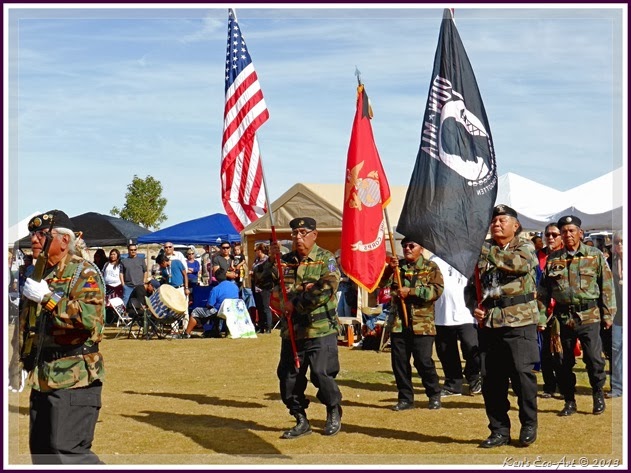 |
| (Fig. 02) |
|
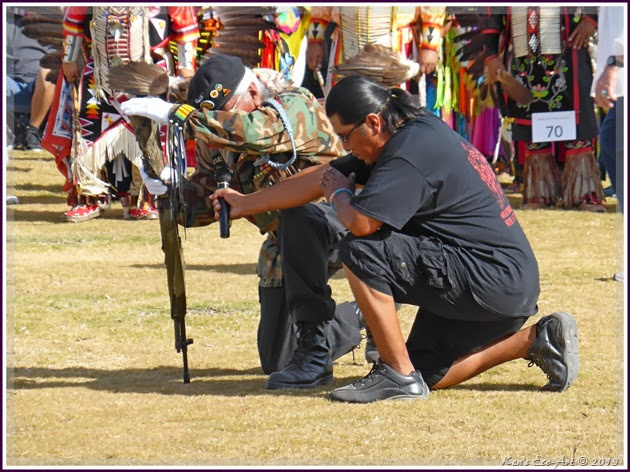 |
| (Fig. 03) |
|
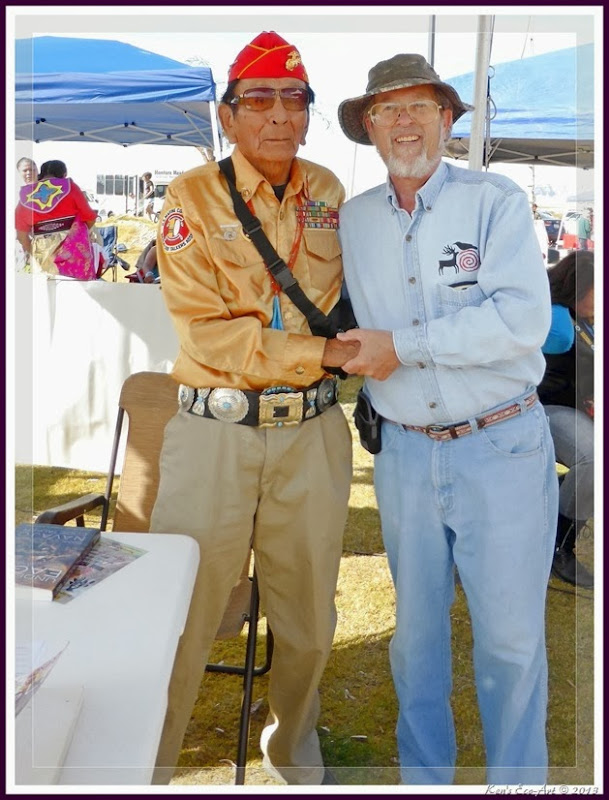 |
| (Fig. 04) |
|
Probably my most memorable moment of this pow-wow was meeting 89-year old veteran Samuel Holiday (Fig. 04), one of the few surviving Navajo Code Talkers enlisted by the Marine Corps during WWII to use their native language to transmit secret communications on the battlefields of Kwajalein, Saipan, Tinian and Iwo Jima in the United State’s Pacific Campaign against Japan. These modest sheepherders and farmers fashioned the most ingenious and successful code in military history. Drawing upon their proud warrior traditions, they braved the dense jungles of Guadalcanal and the exposed beachheads of Iwo Jima. Serving with distinction in every major engagement of the Pacific theater from 1942-1945, their unbreakable code played a pivotal role in saving countless lives and hastening the war's end. One can simply tell just from looking into the face (Fig. 05) of this proud American (Fig. 06) that he experienced a lot of hard times and suffering. The well deserved recognition he was finally getting and his pride of service was infectious. He currently resides in Kayenta, Arizona at the southern end of Utah’s Monument Valley. Told in his own words, his story as a Navajo Code Talker is in the book (Fig. 08) Under the Eagle – Samual Holiday, Navajo Code Talker. (Fig. 07) shows him signing copies of his book.
|
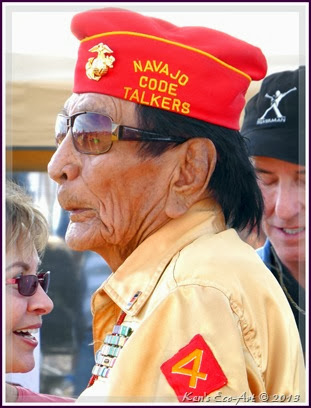 |
| (Fig. 05) |
|
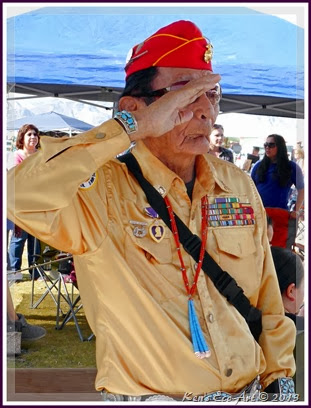 |
| (Fig. 06) |
|
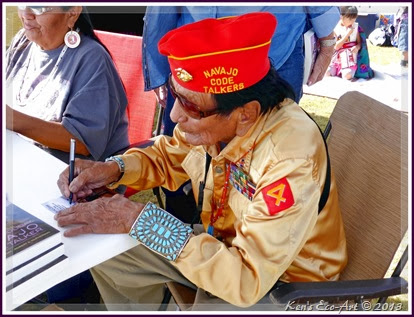 |
| (Fig. 07) |
|
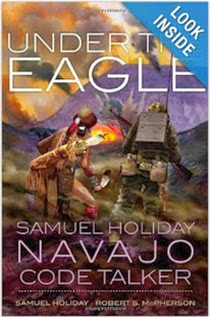 |
| (Fig. 08) |
|
 |
Below are but a handful of the dozens of pictures I captured of the faces and native dress worn by those who participated in the days’ ceremonies and dances. From the old tribal elders who pass on the traditions through story telling (Fig. 09) down to the youngest generation (Fig. 10) that will be responsible for carrying on the traditions of the tribe in song and dance in the decades that follow, the legacy of the Moapa Paiutes will live on.
|
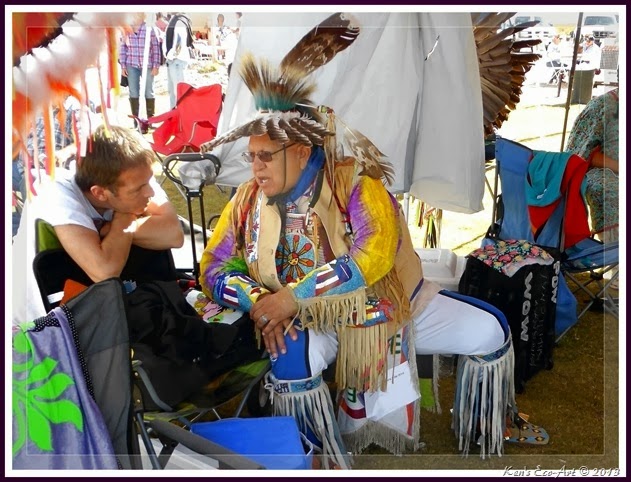 |
| (Fig. 09) |
|
{Remember, you can click on any image to view full size, then use the back button on your browser to return to this page}
|
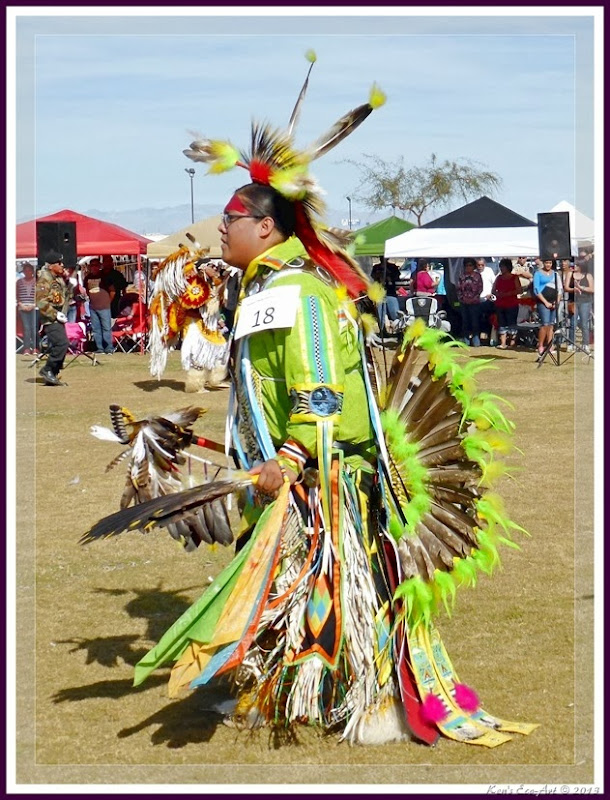 |
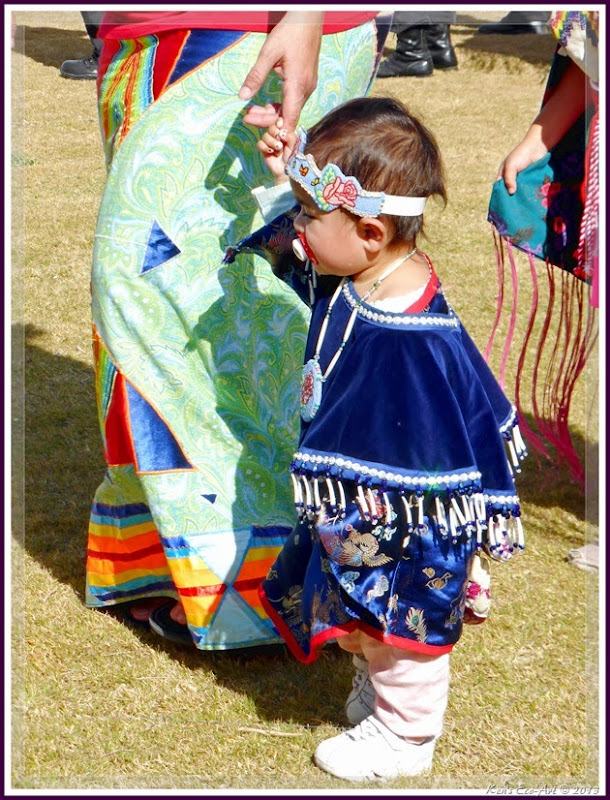 |
| (Fig. 10) |
|
